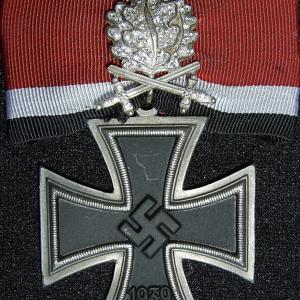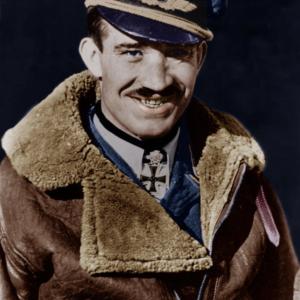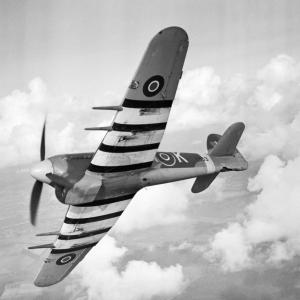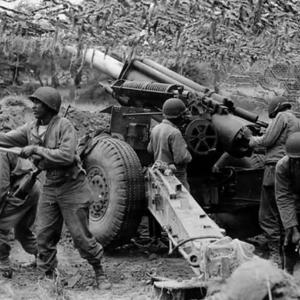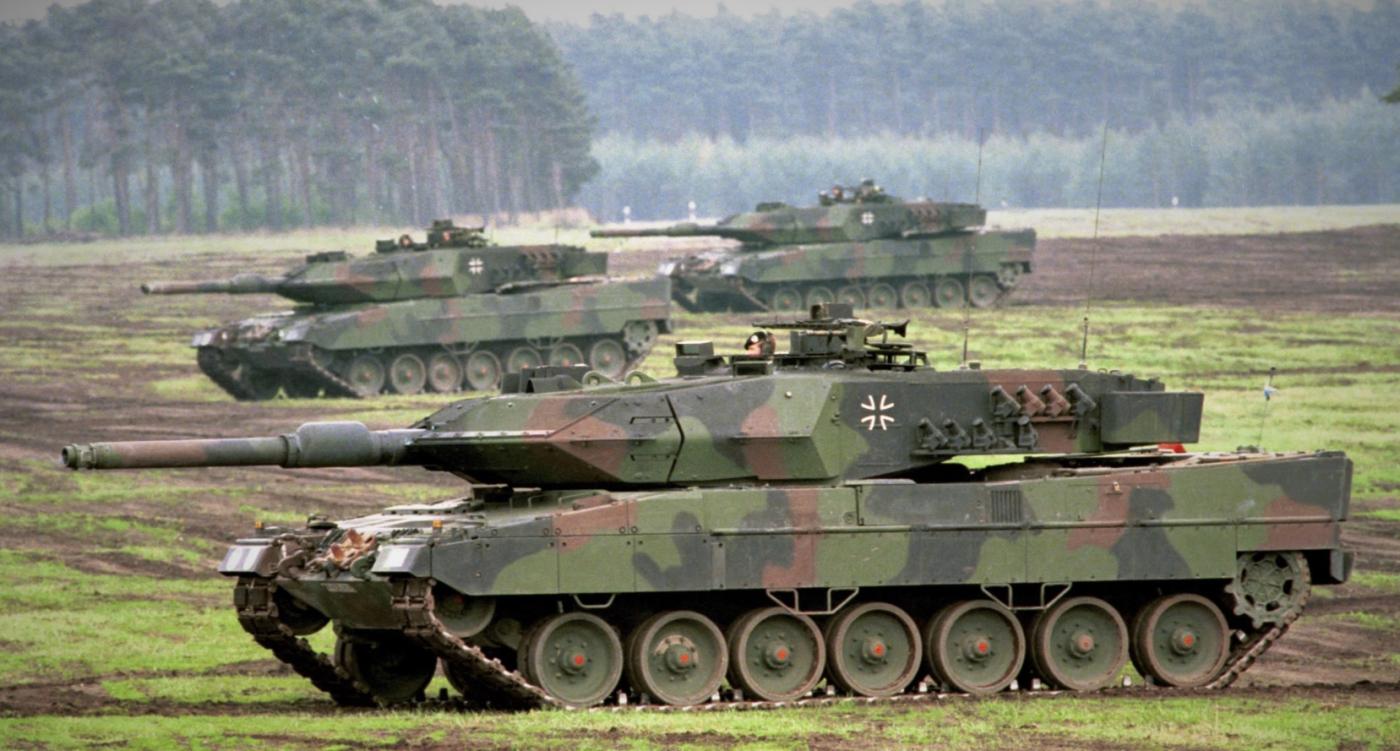
Leopard 2 Battle Tank
The Leopard 2 is a modern German main battle tank, widely regarded for its balance of firepower, protection, and mobility. Developed during the Cold War, its purpose was to counter Soviet armored threats in Europe. The tank was designed by Krauss-Maffei and first entered service with the Bundeswehr in 1979. Rheinmetall contributed its main weapon system, which has since become a NATO standard. Since its introduction, the vehicle has seen continuous upgrades, evolving into variants like the 2A4, 2A5, 2A6, 2A7, and the latest 2A7+, each incorporating advanced technology to keep pace with modern warfare.
At the heart of its offensive capability is the Rheinmetall 120 mm smoothbore gun, capable of firing a range of ammunition types. These include APFSDS rounds for armored targets, HEAT rounds for general destruction, and programmable airburst munitions like the DM11 for engaging enemies behind cover. This main gun is supported by a state-of-the-art fire control system, integrating thermal imaging, laser rangefinders, and digital ballistic computers to deliver exceptional accuracy, even at ranges beyond 4,000 meters.
In addition to its primary armament, the tank carries two 7.62 mm machine guns—one coaxial and one turret-mounted—for use against infantry and light threats. Some versions also feature remote-controlled weapon stations for enhanced defensive flexibility. The vehicle is operated by a four-person crew: commander, gunner, loader, and driver. This traditional arrangement allows each operator to focus on specific tasks, improving performance and reducing fatigue in extended operations.
Power is provided by the MTU MB 873 Ka-501, a 1,500-horsepower V12 twin-turbo diesel engine. This enables a top speed of up to 68 km/h on roads and around 50 km/h across rough terrain. With a range of approximately 450 kilometers, the tank is capable of extended missions without refueling. Its hydropneumatic suspension and automatic transmission deliver impressive maneuverability across diverse terrain, from desert plains to forested hills.
Defensive capabilities are equally advanced. The tank’s armor consists of layered composites combining steel, ceramics, and classified materials, offering strong resistance to both kinetic energy projectiles and shaped-charge munitions. Later versions such as the 2A6 and 2A7 include modular armor enhancements, especially around the turret and hull, to guard against newer anti-tank threats. Additional protection is provided by smoke grenade launchers and electronic countermeasure systems, such as laser warning receivers, which allow it to evade or counter incoming guided munitions.
This armored vehicle has been exported to numerous countries, including the Netherlands, Switzerland, Sweden, Finland, Norway, Spain, Greece, Poland, Turkey, Canada, and Qatar. Many of these nations have modified the platform to meet specific operational needs. For example, Sweden’s Stridsvagn 122 features additional armor and improved climate systems, while the Canadian 2A6M CAN version includes upgrades to resist roadside bombs encountered in Afghanistan.
Operational performance has been tested in real combat environments. During deployments in Afghanistan, both Canadian and Danish forces used these tanks effectively in support roles. Despite the rugged conditions and unconventional warfare challenges, the platform demonstrated resilience, precision, and reliable protection for the crews inside.
Modernization continues as military needs evolve. Current and upcoming upgrades include integration of active protection systems, improved digital battle management tools, and enhanced sensors. The focus is on networked warfare and survivability in high-threat environments. These ongoing improvements ensure that the tank remains a central asset in armored warfare strategies within NATO and allied forces.

